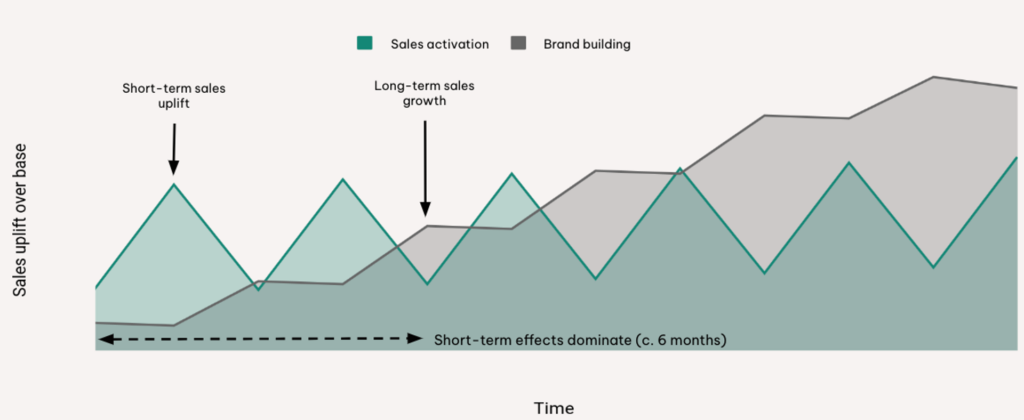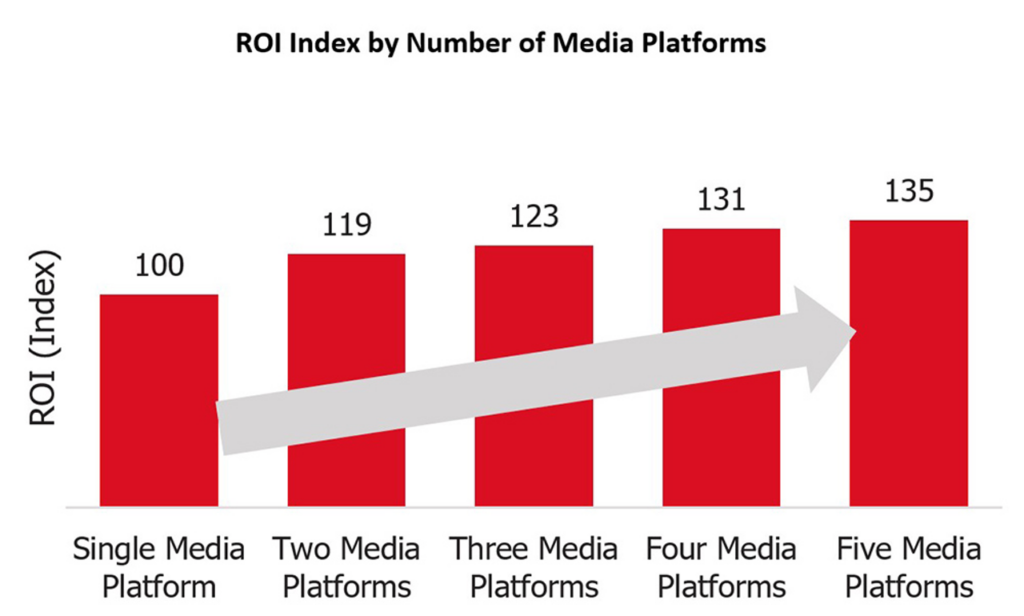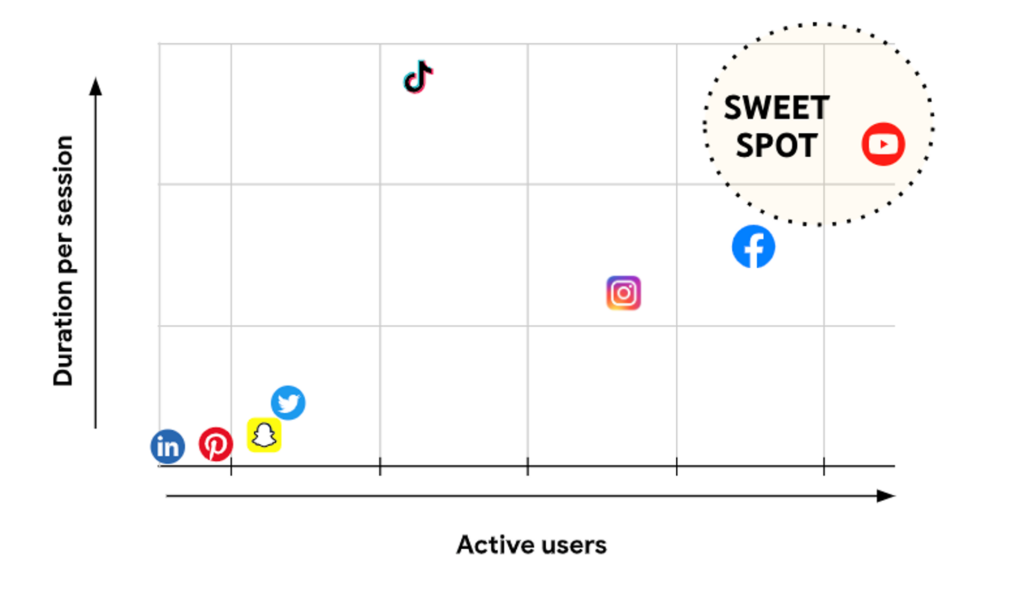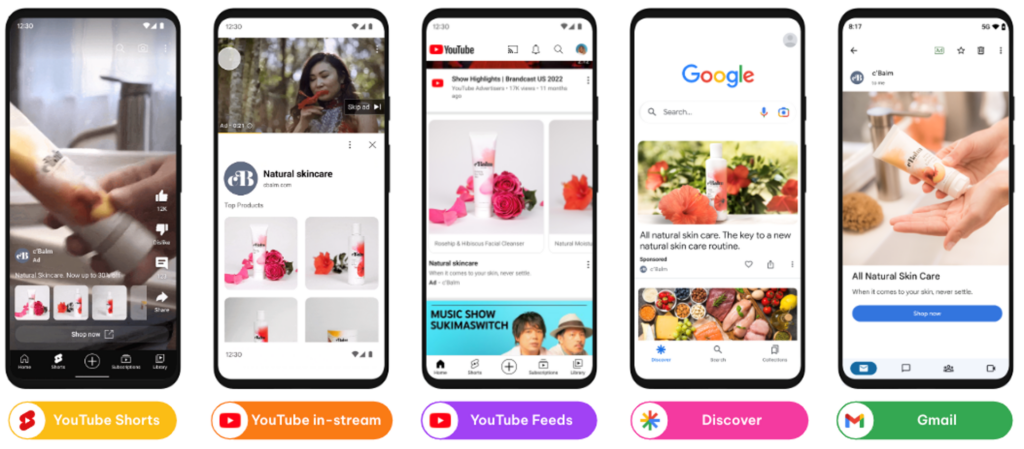Media
There has always been a lot of noise around brand building, demand generation, sales activation and finding the right balance. The work of Binet and Fields, Dr. Grace Kite and Tom Roach has emphasised the importance of considering both short- and long-term effects when planning and executing advertising campaigns, importantly, enabling advertisers and brands to shift from theory to practical application.
In the words of Peter Drucker, “You have to produce results in the short term, but you also have to produce results in the long term. The long term is not simply the adding up of short terms.”
To put it plainly, achieving advertising effectiveness isn’t just brand building or sales activation, it’s both:

The long-term benefits of demand generation and/or branding building.
What is Demand Generation and why is it important?
There are many varying definitions of Demand Generation and how/if it differs from Brand Building. In short, they are different:
Brand building establishes and then grows a relationship between your brand and your consumers; relaying, educating and making connections between why your brand exists, as opposed to what your brand is ultimately selling.
Demand Generation, however, is the process of increasing awareness and demand for your products or services by expanding your audience and authority. The net outcome should result in high-quality leads and/or incremental sales.
Executing Demand Generation activities well can be transformational for advertisers – with brands that are in a consumer’s consideration set three times more likely to be purchased than brands that are not.
And, with 48% of customers now happy to switch providers for a better deal (Source: Google, Ipsos), spending more time making decisions and considering more brands, being in that consideration set could put you above your competition.
Demand Generation in digital advertising
When it comes to the traditional digital marketing funnel, Google takes the lion share of budgets at the bottom. Paid Search is unmatched in its ability to capture existing market demand and offers easily measurable results, resulting in heavy investment.
However, as we transition from capturing demand to generating demand further up the funnel, media budgets are increasingly diversified across various avenues – paid social, with its extensive targeting options, variety of formats and sheer scale of audiences, being the obvious choice. The benefits of diversification has been documented by WARC below:

Media mix diversification across the Google ecosystem
Google has been pretty active in looking to ensure advertisers keep their budgets within the Google ecosystem when diversifying their media mix. YouTube, Discovery, Display and Performance Max all provide the greater visibility sought after when moving up the funnel.
But short, snackable and highly engaging content has always performed well in digital and social environments and the success of Meta Reels and TikTok has provided new challenges for Google.
Google’s answer to this is YouTube Shorts. Given the platform’s unrivalled scale of active users and duration per session, Shorts is growing at an eye watering pace:
 Despite this, advertisers continue to invest heavily in social channels – and Google continues to explore new ways of keeping advertising spend within their ecosystem.
Despite this, advertisers continue to invest heavily in social channels – and Google continues to explore new ways of keeping advertising spend within their ecosystem.
Enter the Demand Gen campaign type
Leveraging their data ecosystem as a point of differentiation, Google has the ability to best understand the nuances between who is interested and who has purchase intent. Given current market conditions, where every penny counts, this is a powerful tool for advertisers and planners looking to eliminate wastage.
Launched in Beta last month, Demand Gen campaigns, make it easier for advertisers to connect with consumers and drive demand from the mid-funnel, all the way to purchase – blurring the lines between search and social activation in doing so.
What is the new Demand Gen campaign type?
Google’s Demand Gen campaigns look to drive visibility across YouTube Shorts, YouTube in-stream, YouTube Feeds, Discover and Gmail. It’s built to “help advertisers who buy on social platforms find and convert consumers with immersive, relevant and visual creatives that grab attention and spur action in the right moment.” This is a significant point of difference for Demand Gen campaigns, encouraging advertisers to either diversify their social strategy to incorporate YouTube Shorts, or better still, favour YouTube shorts over existing social executions.

Creative
Minimising the barriers for adoption at every turn, it’s no coincidence that YouTube Shorts aligns with Reels and TikTok formats, so marketers can leverage existing social video and creative assets for Demand Gen campaigns, simply ‘lifting and shifting’ ready-to-go assets.
The nuts and bolts
Whilst Demand Gen campaigns are already available in Beta, they will be available to all advertisers in Google Ads in October. You will then be able to upgrade your existing Discovery campaigns before they are automatically upgraded in early 2024 (think Smart Shopping to Performance Max).
Available audiences
As well as existing targeting capabilities like Custom Intent, In-Market and Affinity audiences, new Lookalike segments are available giving advertisers three options; Narrow (2.5%), Balanced (5%) and Broad (10%).
Available bid strategies
There four bid strategies on offer through Demand Gen campaigns (Maximise Clicks, Target CPA, Maximise Conversions, Target ROAS).
The inclusion of Target ROAS and Target CPA has divided opinions by blurring the lines on how marketers have traditionally bought, optimised and communicated how generating demand should be measured. Measurement tends to be centred around metrics such as reach, frequency, engagement and attention.
However, the campaign type will inevitably mature and improve over time and, if advertisers can close the gap between the mid-funnel and lower funnel metrics using this campaign type, we can only assume the share of mid-funnel spend will start to divert towards Google and away from their social competitors. Time will tell.
Available measurement tactics
Lift studies have been widely adopted to shine a light on how audience sentiment can shift after being exposed to ads. Encouragingly, Google has made it possible to measure Demand Gen campaigns in the same way using self-serve tools like Brand Lift, Ad Recall, Purchase Consideration, Favorability, and Purchase Intent.
Search Lift has also been a handy tool when running Demand Gen campaigns in understanding the relationship between YouTube Ad exposure and keyword (usually brand) uplift. Whilst Conversion Lift studies will prove the true impact and incrementality.
Budget permitting, all of these should run in tandem to give a holistic view on the contribution Demand Gen campaigns are having on overall performance.
What’s next?
Will we see brands diversify spend from social channels to Demand Gen campaigns in a bid to create (and increase) interest?
With AI powered bidding and measurement, and tailored ad experiences resulting in expanded impact, testing this next campaign type is a must.
Demand Gen is now available globally to all Google Ads customers and getting started is simple. Get started before the automatic roll-out in Q1 2024 and enjoy first-mover advantage!